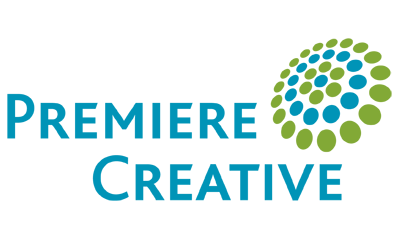Social media accounts – like websites – are not “set it and forget it” propositions. As a child, you probably heard your parents telling you to “listen before you speak.” For most small businesses, launching an account on Instagram, Facebook, or even Snapchat starts out strong. You have lots of great ideas that you push out and feel a connection with. But over time, staying relevant becomes harder and harder to create good quality business posts to keep your followers attention. Building a voice, one that resonates is harder than you can imagine. Small businesses desperately want to connect with their followers or earn more fans, but that requires insights into your target and existing customer.
As a business owner, you need to leverage all the marketing tools and methods at your disposal including social listening. But what is social listening and why should you even care? To make sure you don’t miss out on business growth opportunities, here is a helpful guide that’ll break down the components of social listening.
What is Social Listening?
Social listening is a tactic used by marketing teams to seek out and observe social media conversations (”listening”) what people are saying through updates, links shared, recommendations, complaints, online reviews, and more. By using these tools, businesses can better understand consumers’ interests, motivations, who they follow, and much more. Despite its name, social listening isn’t just about social media: many listening tools, like Awario and Hootsuite, also monitor news websites, blogs, forums, and web 2.0 platforms.
How Does Social Listening Differ from Social Monitoring?
Social listening is a proactive method, which involves understanding and analyzing this qualitative data while answering questions like:
- Who is talking about your brand?
- Where was your brand mentioned?
- How are they talking about your brand?
Meanwhile, social monitoring looks back at quantitative data to focus on measurable successes that can lead to future business opportunities while answering questions like:
- How many times was your brand mentioned?
- What is your overall brand awareness?
Most people use the terms “social listening” and “social monitoring” interchangeably; but in reality, they describe two slightly different actions. In layman’s terms, social monitoring tells marketing teams what is happening online while social listening tells markets why things are happening online.
What are the Benefits of Social Listening?
For many small businesses, social media is about increasing connections and conversations about their brand with audiences. Doing so helps business owners understand the public perception of their brand or products. Moreover, social listening yields other benefits such as:
- Identifying Market Insights: You can supplement traditional research by analyzing discussions or hashtags within an industry, as well as brand and industry-related keywords
- Locate Key Industry Figures: By tracking social media hashtags, identify industry thought leaders and prominent influencers
- Reputation Management: By monitoring brand and product mentions, potentially find negative customer comments that call for responses
- Product Feedback: Determine their product’s shortcomings and strengths, which can lead to future product enhancements
- Competitive Analysis: Analyze a competing brand or product
- Campaign Analysis: Evaluate a campaign’s level of success
- Event Monitoring: Track audience response to a conference or event
- Manage Sales Leads: Respond to prospective customers with information about a product inquiry
What are the Best Social Listening Tools Available?
With so many active users online, marketing divisions often struggle to keep track of all the conversations. Luckily, there are many affordable social listening software available. Here are some of our favorite social listening tools:
- Mention: This product provides up-to-the-minute updates about your brand from the people who determine your success or failure – your customers.
- Awario: Crawls more than 13 billion web pages every day, in addition to offering an API.
- Hootsuite: Allows you to view all your messages, comments, and brand mentions across several social channels in one concise dashboard from which you can respond to them all.
- Keyhole: Provides brand, event, and campaign monitoring, market research, API access, advanced sentiment analysis, and influencer marketing. Businesses can also discover popular hashtags appropriate to your campaign.
Creating a Social Listening Strategy
If people are talking about your business online, you want to be part of the conversation. You need to leverage all the resources in your digital toolbox to stay current. Social listening is also an invaluable means of sourcing high-profile influencers, performing market research, gauging interest and sales opportunities, reinforcing brand values, tracking the health of your business, and improving customer satisfaction.
Do you need help finding the online conversations surrounding your brand? Now in our 27th year, Premiere Creative can help you craft and launch a winning social listening strategy. Dial (973) 346-8100 to connect with our social media team today.

